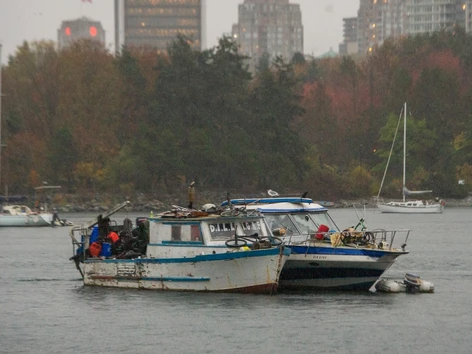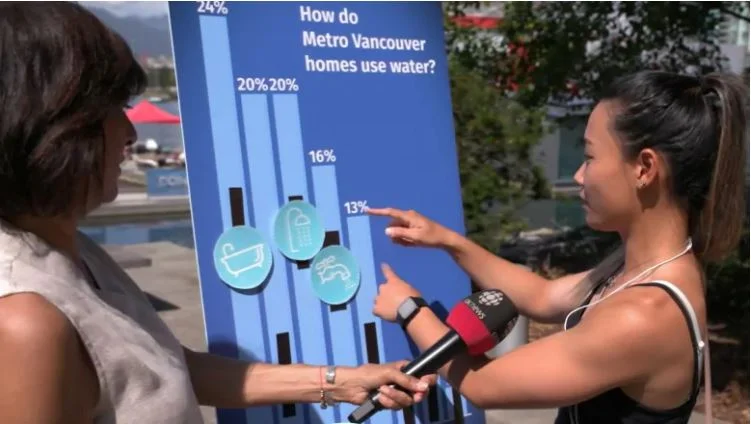A scuba diver cleaning part of the sea floor in a Vancouver inlet came across an animal that an expert says is a long way from home. The unusual find has been identified as a horseshoe crab, native to the Atlantic Ocean along the North American coastline. “This is not a species that’s indigenous to our water here, but as soon as I saw it, I knew what it was,” diver Henry Wang said in an interview.
Do people aboard derelict boats in False Creek have squatters' rights?
There have been longstanding community concerns about derelict boats in False Creek, according to the Vancouver Police Department. Pressure from locals regarding pollution, safety, and aesthetic issues has spurred VPD's Marine Unit along with Transport Canada and the City of Vancouver to embark on a project to clean up the harbour.
Transport Canada to dispose of 11 derelict vessels in Vancouver's False Creek
Transport Canada has served notice it will seize and dispose of 11 vessels moored in False Creek that the federal agency deems wrecked, abandoned or hazardous. “Transport Canada can deem a vessel abandoned if it is left unattended for two years or less in circumstances where it appears that the owner will not be returning,” a spokeswoman for Transport Canada said in an emailed response to questions.
What's in store for Vancouver's False Creek? Scientists and locals take first steps toward revitalization
Volunteers and scientists are in the midst of a six-day "bio blitz" in Vancouver's False Creek, collecting water samples as an initial step toward cleaning up the inlet between Science World and English Bay. The project, running until Wednesday, is a collaboration between local non-profit False Creek Friends, scientists from the Hakai Institute coastal research centre, and the City of Vancouver.
Design challenge brings together art and science to help change how Vancouverites think about sea-level rise
During an event earlier this month, writers from four coastal cities — Vancouver, New York, Mumbai and Tokyo — typed out their thoughts about the prospect of rising sea levels. Their words were projected on a large screen in Vancouver's Olympic Village, and a youth choir sang them out to the public. In addition, a photography project on display showed how residents imagine they may be impacted by rising sea levels in and around False Creek. The choir and photography were part of an event marking the end of the first phase of the Sea2City Design Challenge, a City of Vancouver project that aims to look at how the city can adapt to rising sea levels — particularly in the False Creek floodplain — and address the social, economic and ecological impacts coastal flooding will have in the future.
Water, water everywhere, but mostly down the drain: How Vancouver is trying to plug excessive water use
Water in Metro Vancouver might seem like a limitless resource, but it's time for that notion to go down the drain. When it comes to home water use — for drinking, bathing, toilet flushing and more — Metro Vancouver is a pretty thirsty place. Residential water use in Metro Vancouver is 270 litres per capita per day. That's less than the City of Montreal's 286 litres per capita per day, but more than Toronto's 219 per day or the 210 per day used by residents of Calgary. So how do the thirsty residents of Metro Vancouver use all that wet stuff?







